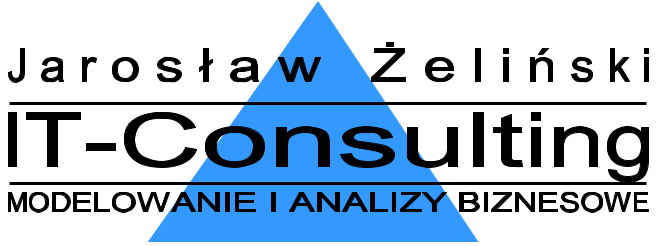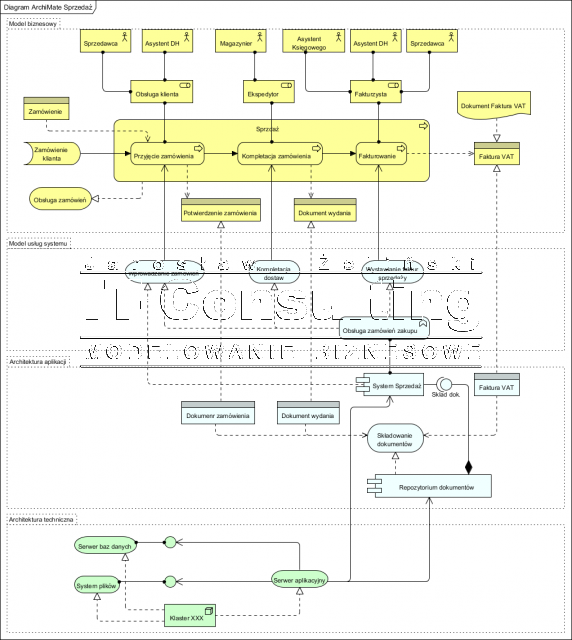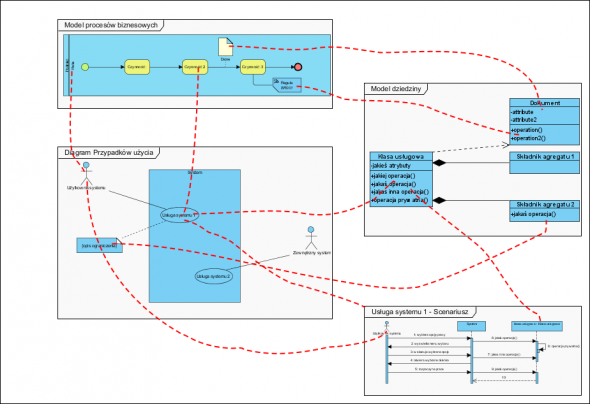Na początek podsumowanie cytowanego artykułu:
BABOK 2.0 sets up a framework for the requirements development and management, which seems to appear as a standard used by many organizations around the world. Between TOGAF 9 and BABOK 2.0, there is almost 1:1 correspondence but there may be more details and activities in the first one. TOGAF is a methodology whereas the BABOK is methodology agnostic, so it can be tricky to translate between the two but nothing prevent an Enterprise Architecture team to use this analogous technique.
If an organization follows the TOGAF methodology and Business Analysts use BABOK, the later will provide a lot of useful information, as a reference; BABOK won’t give you direction for an Enterprise Architecture.
Sources: Chapter 4 IIBA?s BABOK 2.0, TOGAF 9 (źr. Managing Requirements from a Business Analyst or an Enterprise Architect perspective using BABOK 2.0 and/or TOGAF 9.)
W kilku zdaniach. Diagram poniżej obrazuje dwa różne spojrzenia na “to samo”:

Autor artykułu porównuje obie te specyfikacje i pokazuje, że są praktycznie zgodne w 100%, nie licząc metody prezentacji i perspektywy. W obu przypadkach ma miejsce analiza, porównanie i specyfikacja celów biznesowych oraz przyporządkowanie ich do narzędzi (głównie ale nie tylko IT) wspierających realizację tego celu. Jeżeli uznać, że specyfikacja coś opisuje, to zależnie od fazy projektu jest specyfikacją potrzeb a potem specyfikacją tego co się posiada (jak uda się zakup ;)).





